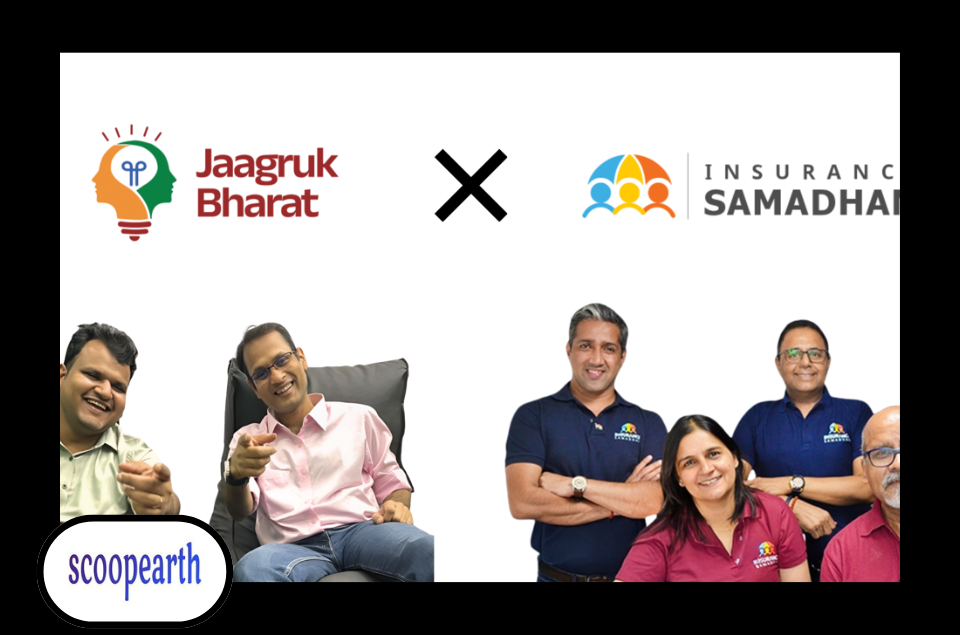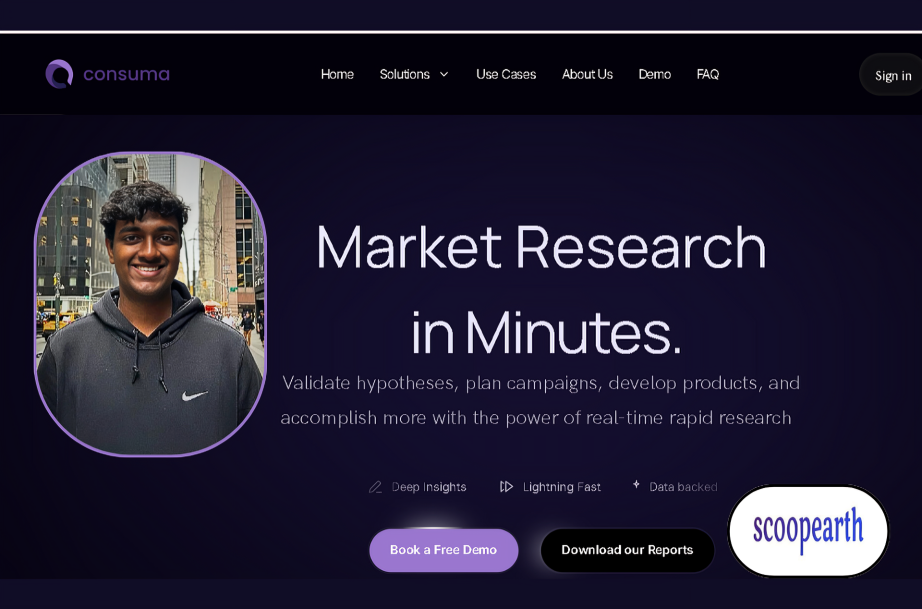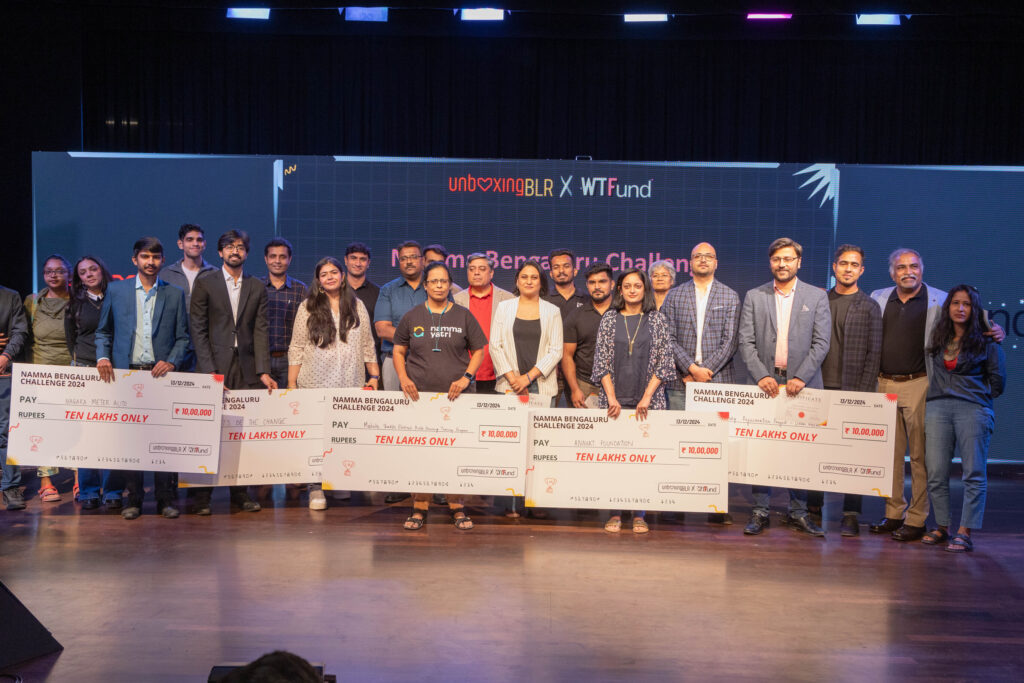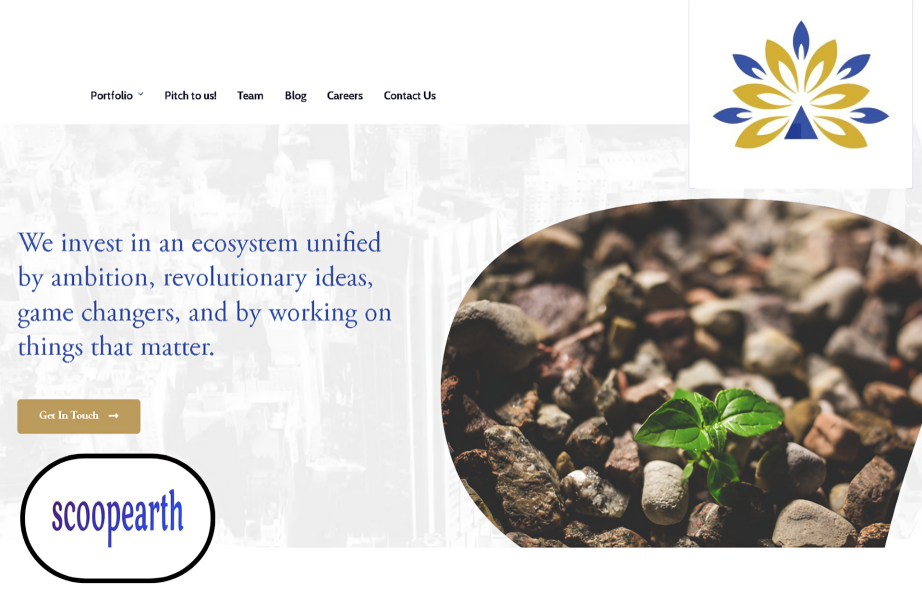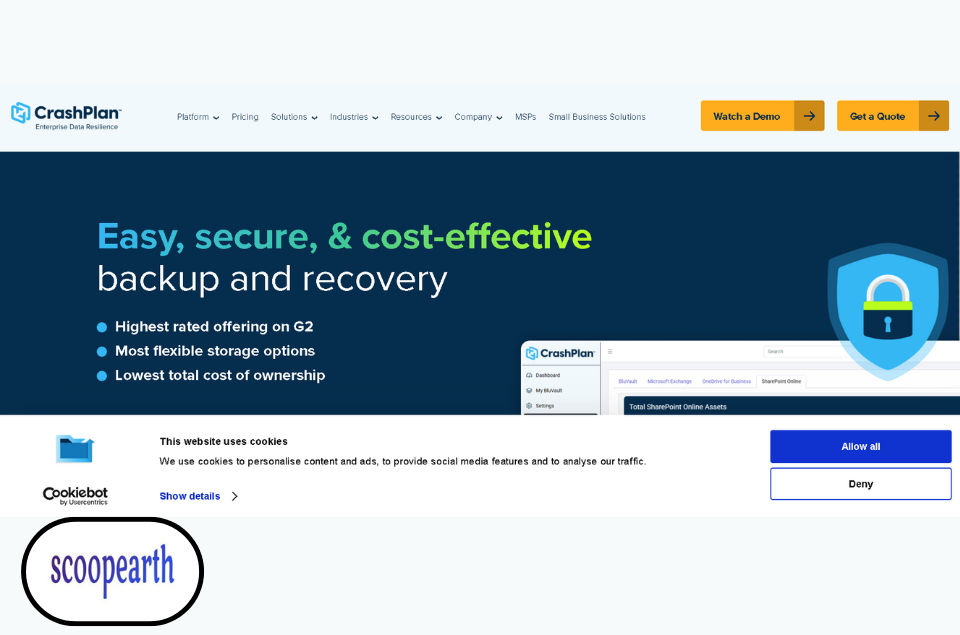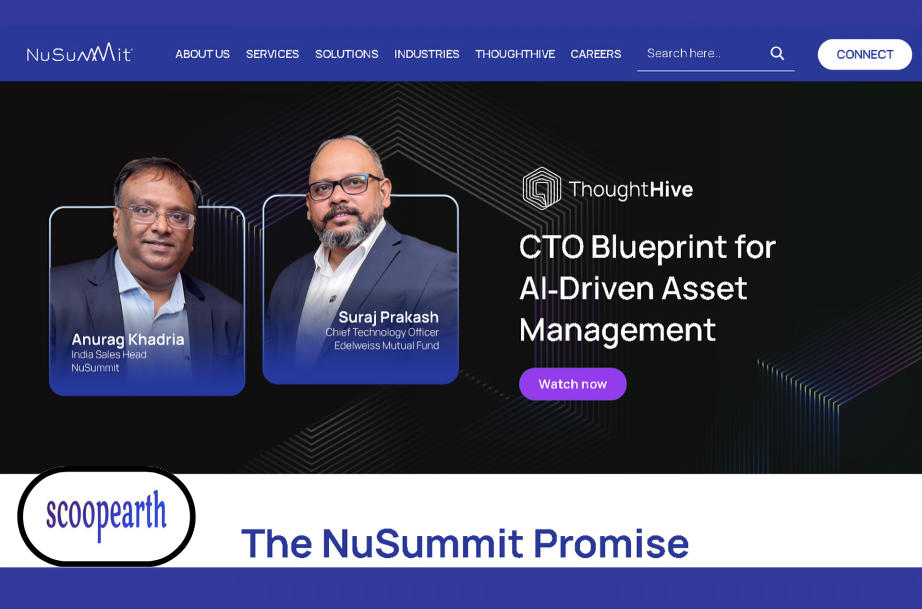From ₹0 to ₹8,200 Crore: Kaivalya Vohra’s Zepto Success in 5 Years

SUMMARY
Introduction
Zepto is a quick-commerce startup that transformed the quick-commerce ecosystem in India by delivering essentials like groceries and household items under 10 minutes. The company ensures fast deliveries through a network of hyperlocal warehouses placed in urban areas. The online platform uses AI and data analysis to optimize delivery routes.
Zepto has easily become one of the leading names in the Indian startup scene. Kaivalya Vohra, with his friend Aadit Palicha, transformed a simple idea into a quick-commerce company valued at ₹8,200 crore in just five years. The startup has redefined convenience by delivering groceries in ten minutes. This article will mention the birth of Zepto, its challenges, and how Kaivalya Vohra’s visionary approach disrupted the startup ecosystem with a tech-driven business.
Early Life and Education of Kaivalya Vohra:
Kaivalya Vohra came from a middle-class family and was born in Mumbai. As a kid, he had a keen interest in technology. Kaivalya was also very fond of computers, usually spending hours on programs. His parents also encouraged him to pursue his passion for technology and solving problems. Vohra’s love for technology became the backbone of his entrepreneurial journey.
Growing up in Mumbai, Kaivalya was aware of the lifestyle of city dwellers. He started to understand customer needs and market demand early on. Vohra completed his studies in Computer Engineering and went abroad to sharpen his knowledge. In the United States, he enrolled at Stanford University to pursue a Computer Science degree.
While studying at Stanford, he attended workshops and met the global community of entrepreneurs and innovators. This helped him learn more about business. However, he dropped out of the university after a few months to focus on his own company to solve real-world problems. This also marked the beginning of Zepto.
The birth of Zepto: Startup born in crisis
Kaivalya saw the opportunity to create an e-commerce platform during the COVID-19 pandemic when supply chains were disrupted, leading to delivery delays. He noticed slower delivery times for online orders and thought of a way to get orders delivered within minutes. Vohra recognized a gap in the market for fast and reliable grocery delivery. He then co-founded Zepto with Aadit Palicha, Vohra’s friend from Stanford University.
As others struggled to keep up with the needs, Aadit and Kaivalya created a platform that got groceries delivered in minutes, catering to the quick delivery needs of customers. They launched Zepto in 2021 while operating from a tiny apartment in Mumbai. They began the venture with 1,000 employees, including delivery agents. Zepto lacked external funding, so they only relied on their coding skills and determination to build the platform.
The journey and expansion
Kaivalya Vohra worked as a CTO and designed a user-friendly app, while Aadit Palicha took the position as head of operations. The company’s mission was to deliver groceries in just 10 minutes through a network of hyper-local warehouses. The concept of quick commerce was new in India, but everyone loved it. Due to limited resources, Vohra and Palicha had to work on everything alone. The duo handled all things from coding to coordinating deliveries.
There was a lockdown, and people avoided leaving home; using Zepto was the only secure choice to get groceries at that time. Within just one month, Zepto earned significant funding, and its valuation rose to Rs 7,300 crore, making Kaivalya Vohra one of the youngest billionaires in India. Zepto also caught the attention of Y Combinator and secured $60 million in funding, marking the beginning of Zepto’s rapid growth in the Indian startup ecosystem.
Building a quick commerce powerhouse
Unlike traditional e-commerce platforms, Zepto’s business model is all about speed and convenience. The company sells its products using small stores present in the locality. These warehouses are stocked with essentials like groceries, toiletries, and snacks. The closeness of stores to urban areas enables drivers to reach customers in minutes.
The online platform for Zepto has features including real-time order tracking, AI-driven demand prediction, and optimized delivery routes. The startup has expanded its services to cities: Delhi, Bangalore, Chennai, and Pune. Zepto is capturing the public’s attention with its unique properties. The firm’s 10-minute delivery and competitive pricing made it the choice of younger generations.
The platform uses advanced technology to help the server handle daily 1k orders without compromising on speed or reliability. Zepto was founded with the mission of not only speedy deliveries, but also to solve real problems. The application leverages Artificial Intelligence and machine learning to analyze customer behavior. It offers a personalized page to ensure that customers get recommendations according to their needs.
What sets Zepto apart from others?
Vohra saw the pattern and realized that customers who received products faster were returning to the platform to order again. Zepto used to deliver orders under 45 minutes, but later they introduced a 10-minute delivery service, making it stand out among other top players in this sector, including Blinkit. It now delivers more than 6000 orders in 10 minutes through its large network and distribution centers across India.
Overcoming challenges:
Starting your own business or running a quick-commerce business in a competitive market can be hard. Kaivalya Vohra was a new entrepreneur and had difficulties like other newcomers. Zepto also faced intense competition from well-established players like Blinkit. The logistical nature of Zepto required high operational costs to maintain small stores and pay delivery riders. The biggest challenge was to attract investors; many were not willing, as it was a new brand with young founders.
Zepto also had problems with scaling due to Supply chain disruptions and regulations. The company tried to refine operations and reduce costs without compromising quality. Optimizing the warehouse reduced picking times, and data analytics helped to predict demand. The team also made the firm’s infrastructure easy to scale, allowing it to handle a large number of orders without crashing.
Convincing investors was the biggest hurdle. However, Vohra’s clarity of vision and Zepto’s potential attracted investors, making Vohra one of India’s youngest unicorn founders. Kaivalya emerged as the top young entrepreneur in the 2024 Hurun India Rich List and was named as one of the youngest billionaires on the IIFL Wealth Hurun India Rich List in 2022. Apart from this, he was also mentioned in the Forbes prestigious 30 under 30 Asia List.
How did Zepto reach the ₹8,200 Crore milestone?
Zepto has processed over 1.5 million orders per day and has a GMV of 3 billion USD. The quick commerce startup also reported a valuation of ₹8,200 crore. This marks its strong presence in the Indian quick-commerce startup scene. The company reached this day due to several factors. The things that pushed Zepto so far include Vohra’s tech innovation, Zepto’s user-friendly interface, and customer-centric approach. The startup expanded its reach into tier-2 cities and increased its network among local suppliers. Zepto used a data-driven approach to minimize waste and maximize profitability. Both Vohra and Palicha played their parts as the CTO and CEO of Zepto to reach this success.
Impact and Lessons for entrepreneurs:
Zepto’s story has inspired many young entrepreneurs across India. Vohra was only 19 years old when he co-founded Zepto with Aadit Palicha, proving that age is no barrier to successful business. The journey of Kaivalya Vohra from thinking of an idea to overcoming struggles proves how failure is a key to success. The most important skills to be a successful entrepreneur are to learn from your mistakes. Zepto aims to expand its network into new cities while diversifying its product offerings. The firm wants to make quick commerce easily accessible for everyone in India.
FAQs:
What does Zepto do?
Zepto is a quick-commerce startup that brings groceries and daily essentials to your doorstep in under 10 minutes. It delivers products super fast by using small, local warehouses called dark stores.
Who are Zepto’s founders?
Zepto was started by Kaivalya Vohra and Aadit Palicha in 2021. The duo left Stanford University and came to India to chase their dream while transforming India’s e-commerce scene. They turned their small idea into a game-changing business.
How did Zepto grow so fast?
Zepto’s growth to a $1 billion valuation is because of its smart technology, customer-centric approach, delivery model, and backing from investors like Y Combinator and Nexus Venture Partners. By focusing on what people need and staying consistent in a fast-changing market, Zepto skyrocketed in just five years.
What makes Zepto different from others?
Zepto shines in the quick-commerce world with its promise of 10-minute deliveries, along with advanced tech and fast delivery through local warehouses. Its user-friendly app, affordable prices, and focus on keeping customers happy make it stand out from its competitors.
Where is Zepto available?
Zepto is currently operating in major Indian cities like Mumbai, Delhi, Bangalore, and Pune. The company plans to scale its operations and enter other cities to bring its speedy service to more people across India.
Who is Kaivalya Vohra, and what role did he play in Zepto’s growth?
Kaivalya Vohra is one of Zepto’s co-founders who helped build the company’s product, operations, and early growth strategy. He has been the brain behind shaping Zepto’s tech and logistics approach.
How does Zepto deliver orders in ~10 minutes?
Zepto uses a network of small, localized micro-warehouses placed close to customers, plus predictive stocking to fulfill orders rapidly. Real-time routing, inventory algorithms, and rider management keep delivery times low.
Note: We at scoopearth take our ethics very seriously. More information about it can be found here.


